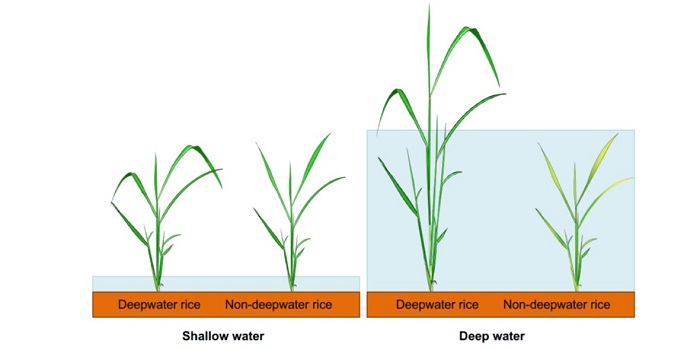
Transcriptomics of deepwater rice (Plant Physiol)
Plant Science Research WeeklyFor most plants, becoming submerged under water can be lethal due to a restriction in gas exchange. One strategy for submergence tolerance is called an escape strategy, such as that employed by deepwater rice; the plant elongates rapidly to raise its leaves above the water level. Minami et al. used transcriptomics…
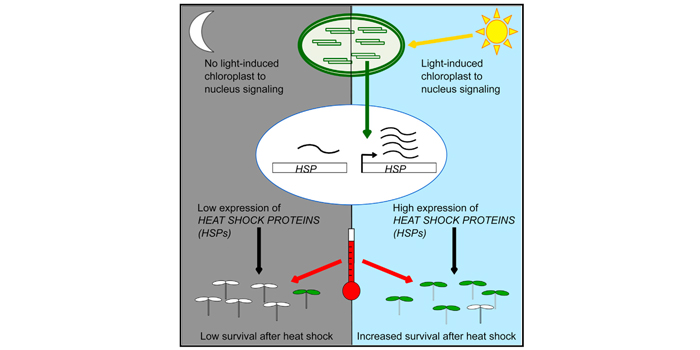
Chloroplast signaling gates thermotolerance in Arabidopsis (Cell Reports)
Plant Science Research WeeklyPlants are able to sense and respond to temperature changes in their environment. However, the mechanism by which high temperature is sensed and then relayed to affect the expression of heat shock transcription factors (HSFs) is unclear. Dickinson et al. demonstrated that Arabidopsis plants show…

Combining Forces for Hypocotyl Elongation: Histone Modifications, GA, and the Circadian Clock
Research, The Plant Cell, The Plant Cell: In a NutshellZheng et al. discover proteins that mediate interactions between gibberellins and the circadian clock https://doi.org/10.1105/tpc.17.00830
By Han Zheng and Yong Ding
Background: Hypocotyl elongation helps the shoot emerge from the soil surface. The gibberellin (GA) signaling protein RGA inhibits…
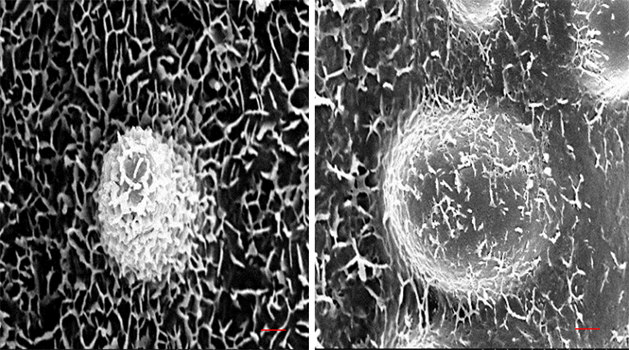
Wax Protects Rice from Drought Stress
Research, The Plant Cell, The Plant Cell: In a NutshellWang et al. investigate how two proteins work oppositely to regulate wax contents and drought stress response in rice https://doi.org/10.1105/tpc.17.00823
By Zhenyu Wang and Qingyun Bu
Background: Rice is a staple food for world populations and its production is threatened by drought stress. Cuticular…

Snapshot of a TF Network in Plants
Research, The Plant Cell, The Plant Cell: In a NutshellLi et al. investigate a transcription factor network that transmits environmental signals to regulate secondary metabolism in plants. The Plant Cell https://doi.org/10.1105/tpc.17.00805.
By Baohua Li and Daniel Kliebenstein
Background: Plants produce specialized secondary metabolites to survive…
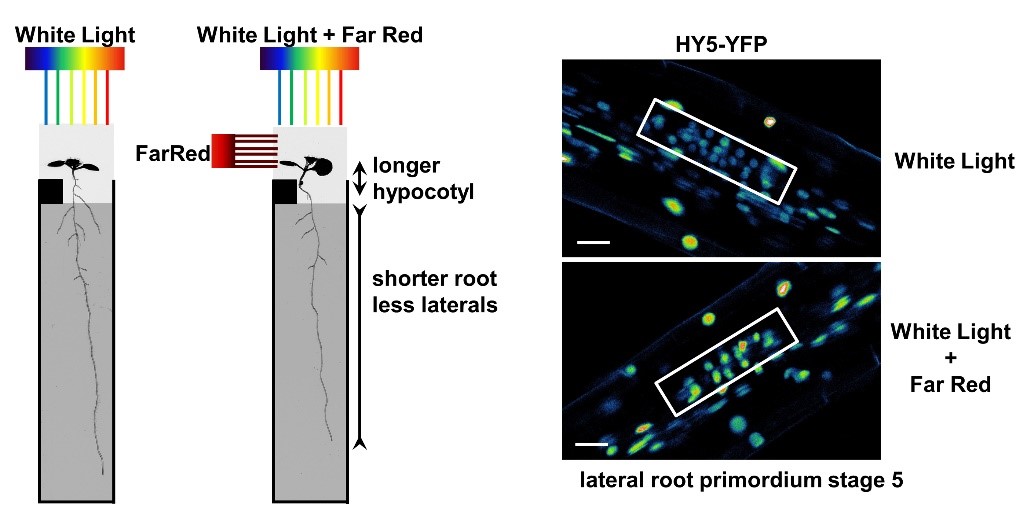
Roots Respond to Aboveground Far-Red Light
Research, The Plant Cell, The Plant Cell: In a Nutshellvan Gelderen and Kang et al. investigate the root response to Far-Red light detection in the shoot. The Plant Cell (2017). https://doi.org/10.1105/tpc.17.00771
By Kasper van Gelderen and Ronald Pierik
Background: Sunlight is the energy source for plants, however, when plants grow closely together…
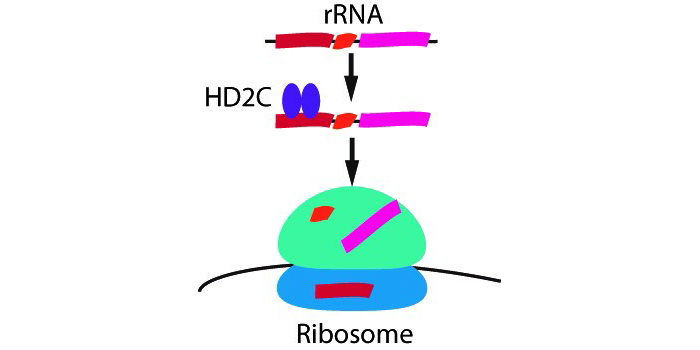
Ribosomes Meet Epigenetics
Research, The Plant Cell, The Plant Cell: In a NutshellChen et al. link chromatin modifying machinery with ribosome biogenesis. The Plant Cell (2018). https://doi.org/10.1105/tpc.17.00626
by Xiangsong Chen and Xuehua Zhong
Background: All cells need to make proteins to function properly. Ribosomes are the protein production factories consisting of…
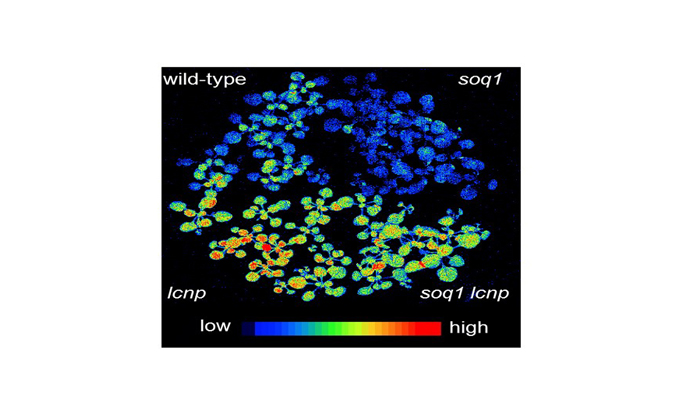
Protection from the Sun: Sunscreen for Plants
Research, The Plant Cell, The Plant Cell: In a NutshellMalnoë et al. demonstrate that a protein from the lipocalin family plays a role in promoting energy dissipation that prevents damage from long-term light stress. The Plant Cell (2017). https://doi.org/10.1105/tpc.17.00536
By Alizée Malnoë
Background: Light is necessary for plant growth…
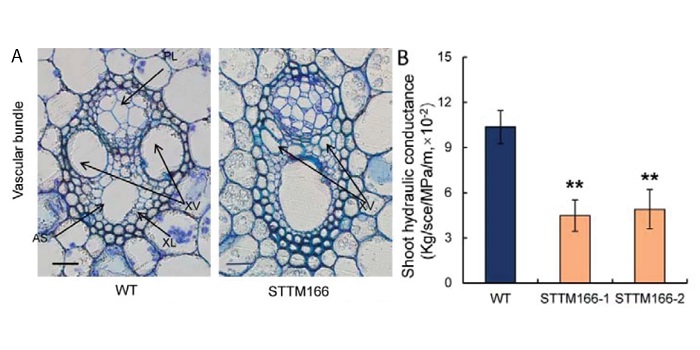
Knock-down of rice microRNA166 confers drought resistance through changes in leaf morphology (Plant Physiol.)
Plant Science Research Weekly, Research, Research BlogUnder drought conditions, moderate leaf rolling improves yield in rice by reducing water loss and allowing efficient photosynthesis (leaf upright position). In STTM166 transgenic rice plants, miRNA166 is knocked down (STTM means "short tandem target mimic") and the plants constitutively exhibit the…

